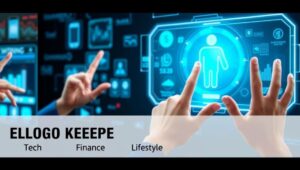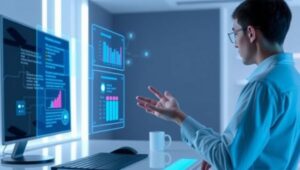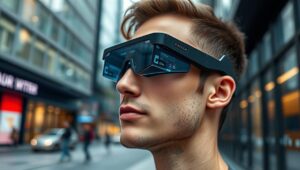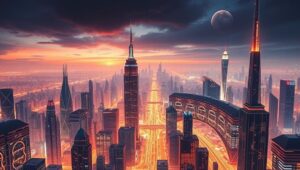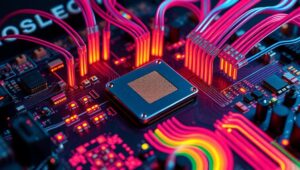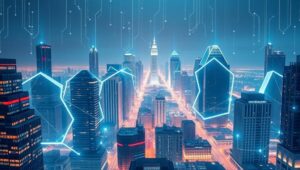May 22, 2025
Ambient Computing: The Disappearing Interface of IoT (2028)
Ambient Computing: The Disappearing Interface of IoT (2028) Imagine a world where technology anticipates your needs and seamlessly integrates into your environment, fading into the background. This is the promise of ambient computing, the next evolution of the Internet of Things (IoT). By 2028, ambient computing will have moved beyond novelty to become a pervasive force shaping how we live, work, and interact with the world. What is Ambient Computing? Ambient computing refers to an environment that is sensitive and responsive to human presence. It leverages sensors, AI, and ubiquitous connectivity to create intelligent spaces that adapt to user needs

